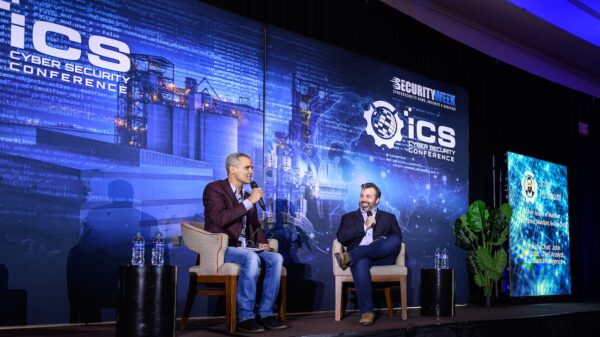Passive and Active Threat Detection is Needed to Secure Operational Technology (OT) Environments
The growing sophistication of industrial control system (ICS) networks, especially since the advent of the Industrial Internet of Things (IIoT), has improved numerous processes while also making them softer targets for attacks. Simply put, interconnectedness has broadened and weakened the attack surface.
In the past, attacks primarily originated from rogue individuals, hacktivists, and disgruntled employees. But in recent years, attacks have increasingly been orchestrated by highly motivated and well-funded organizations, criminal gangs, and countries bent on large-scale extortion and sabotage. One carefully executed attack can accomplish as much, if not more, than physical warfare.
Up until quite recently the IT infrastructure was the command center for ensuring complete visibility, security and control for threats — simply because the IT network was always the focus of attacks. Meanwhile, ICS networks were traditionally segregated and isolated. IIoT put an end to all that.
To address new security threats, organizations need better visibility, security, and control for their ICS environments. Traditional passive monitoring alone, which has its merits, simply cannot provide the level of detail required to protect operational technology (OT) networks.
Device-level Threats may not cross the network
In ICS environments, potentially dangerous behavior and activity can occur on devices as well as the network. However, many operations performed on a device will never traverse the network. For example, asset inventory information such as records of user log-ins and controller firmware versions, as well as changes made to devices via direct connections, rarely appear in network traffic. In addition, some devices are rarely, if ever designed to talk on the network. They are typically known as, “dormant devices”.
As a result, passive network monitoring would not detect a local attack on a device, where it can remain for days, weeks, or even months without being discovered.
Hybrid Visibility is Needed
Active device monitoring, when coupled with passive network monitoring, can provide in-depth enterprise visibility, proactive security, and superior control.
Active monitoring queries all devices and automatically gathers timely and comprehensive information about them and their data. It will reveal details such as the identity of the logged-in user, the firmware version in use, and the open port list of a PLC/DCS controllers.
In addition, active monitoring can discover ‘blind spots’ — such as dormant industrial devices that are connected to a network but are not communicating. These blind spots are never detected by passive monitoring.
Proactive Security
In addition, passive network monitoring can not detect changes made to controller code, firmware, or configuration of a device, whether the changes are authorized or not.
Because of this weakness, a malicious actor who has physical access to the network via a serial cable or USB can make changes that will not be detected by network monitoring. The same applies to threats from employees or contractors who unknowingly expose controllers to attacks by using a device infected with malware.
Both of the above scenarios can be addressed by active monitoring, which periodically captures device snapshots and compares them to known good baselines. It automatically identifies and alerts on changes, in order to validate the integrity of the device has not been compromised.
More importantly, active monitoring provides complete awareness of current vulnerabilities that may put industrial controllers at risk. This can prove invaluable when new patches are issued. It allows the administrator to quickly identify the devices that need to be patched and eliminates the possibility of any specific device to be overlooked just because it was not catalogued on a static inventory spreadsheet.
Active monitoring of devices also gives meaning to alerts since it provides contextual information such as who logged into which device at a specific time, and what was the impact of a specific change to a PLC. When a suspicious event is detected, active monitoring can immediately query related devices to assess whether they have also been affected. This speeds up forensic analysis, mitigation, and the process of returning devices to a known ‘good’ state.
Passive network security monitoring has its value for identifying certain indicators of compromise (IoC), but does not detect and mitigate all attacks or incidents on ICS networks. To achieve in-depth visibility, security, and control in OT environments, a hybrid active and passive approach is needed.
















